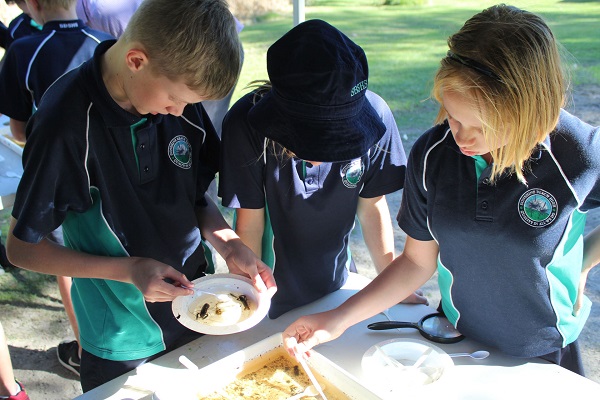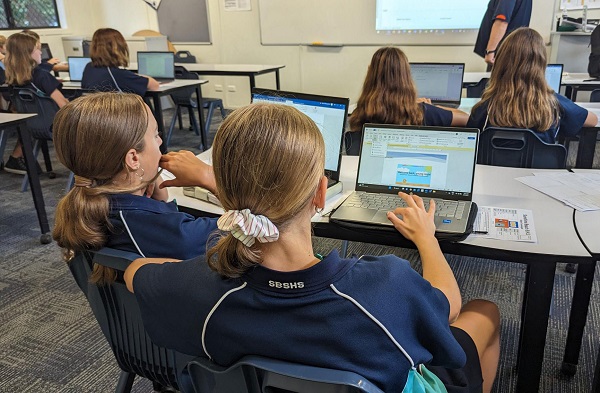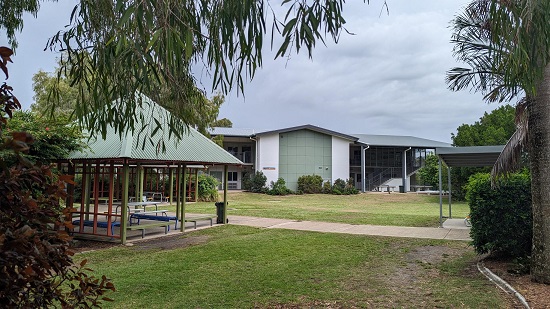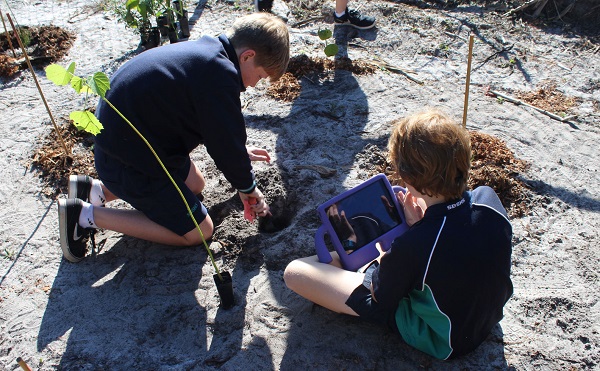|
What is the compulsory education system in your country?
Compulsory
Education is from 5 years to 16 years. Most students remain in school until 18
years.
What's the breakdown of compulsory education from 5 years to 16 years?
What are the academic or career pathways of your students after graduation?
Students
complete seven years of Primary School, starting from 5 years old. This begins
with a foundation (Prep) year and follows with Years 1-6. Students then start
Secondary School (High School) for four years – Years 7-10. Students then
complete two years of Senior Schooling – Years 11 & 12.
It
is mandatory for students to complete Year 10 and participate full time in
education, training or employment, until they are at least 17 years old.
There are a number of academic or career pathways for students. These include
University, TAFE courses (Tertiary and Further Education), Vocational courses,
Traineeships and Apprenticeships, and Short Courses.
When does the school year start ?
School
year starts late January / early February.
How many years of experience do you have in iEARN?What iEARN projects have you done with your students?
I have been involved in iEARN for over 20 Years. I have worked in many
projects including Water is Life, First People's Project, Solar Explorers
Project, Teddy Bear Project, Great Apes Project and others.
Which project is the most memorable one for you? Which ones did
your students enjoy the most?

Water is Life Project |
The most memorable iEARN project has been the Water is Life project. This
project has brought together students from all parts of the world. It has
enabled students to think deeply about the UN SDGs and develop actions
to make a difference to their own lives and the lives of others in their
communities and the world.
|
It’s
difficult to define which projects students have enjoyed the most because they
are so diverse. I know that all students love their involvement in any project
they join.
Has the COVID-19 pandemic affected your school or your students? Were there
any major changes?
Schools
across the country were affected by school closures and the resulting online
learning that replaced face to face teaching and learning. Different parts of
the country had differing time spans of online learning, ranging from several
weeks to several months.
The
major challenges for online learning were:
| ● |
teacher
knowledge and capacity for designing and presenting classes in an online format |
| ● |
ubiquitous
access to internet for students at home |
| ● |
ensuring
engagement of students in the learning and ensuring students still felt
connected to a community despite isolation. |
For our Art classes we devised short skill based lessons that enabled students
to creatively respond to topics in a variety of ways. We also asked students
to explore their worlds and take photos or make sketches responding to
a number of starting points. The students shared their work during the
online video class sessions. For some topics we also set up online galleries
where students could share their work.
Regarding the use of ICT, is One-to-One PC being done in your school? Do your students take those devices
home? Do you use them for online classes?
We have a BYOD (Bring your own device) program at our school. Most schools
are the same. Students' personal laptops are registered with the education
department to allow internet access and software access whilst they are
at school.
How long has the BYOD program been in place? How has it changed
the way teachers teach and students learn in class?
The
Education Department requires all schools to have a BYOD policy to ensure all
students have access to a device for learning. The program has been in place at
our school for over 6 years. It has changed the nature of teaching and learning
in a number of ways:
| ー |
All classes have access to online classes for curriculum content, delivery
and communication. These include Microsoft OneNote, Microsoft Teams and
the Queensland Education Department |
|

BYOD (Bring Your Own Device) Program |
|
has a new online learning portal using Canvas Learning Management System
which allows all teachers to create courses that are accessible to all
students online. |
| ー |
Teachers access and use a wide array of digital resources to enhance their curriculum content. These include YouTube and other online video resources, online quizzes, digitally published course texts with rich interactive content. |
| ー |
The “digital literacy” of teachers and
students has increased dramatically as a result of the BYOD program. |
| ー |
Equity of access is an issue in BYOD programs. Some families may not be
able to provide a laptop so schools generally have a number of laptops
in the school that are loaned to students in need each day. |
| ー |
BYOD programs require a robust, centrally managed network environment for each school. Also, schools need to have a high capacity internet service due to the number of people accessing the connection at any given point in the day. |
Could you give any messages to teachers in Japan?
All
schools in Australia follow the guideline of the Australian Curriculum as a
guide to Curriculum Development and Teaching and Learning outcomes. Students
are assessed on the expected levels of achievement indicated within the
Australian Curriculum.
We are always keen to develop relationships with schools internationally
and, through iEARN, we have developed rewarding partnerships with fellow
educators within Japan over many years. We look forward to these relationships
and opportunities flourishing in the years ahead.
|







